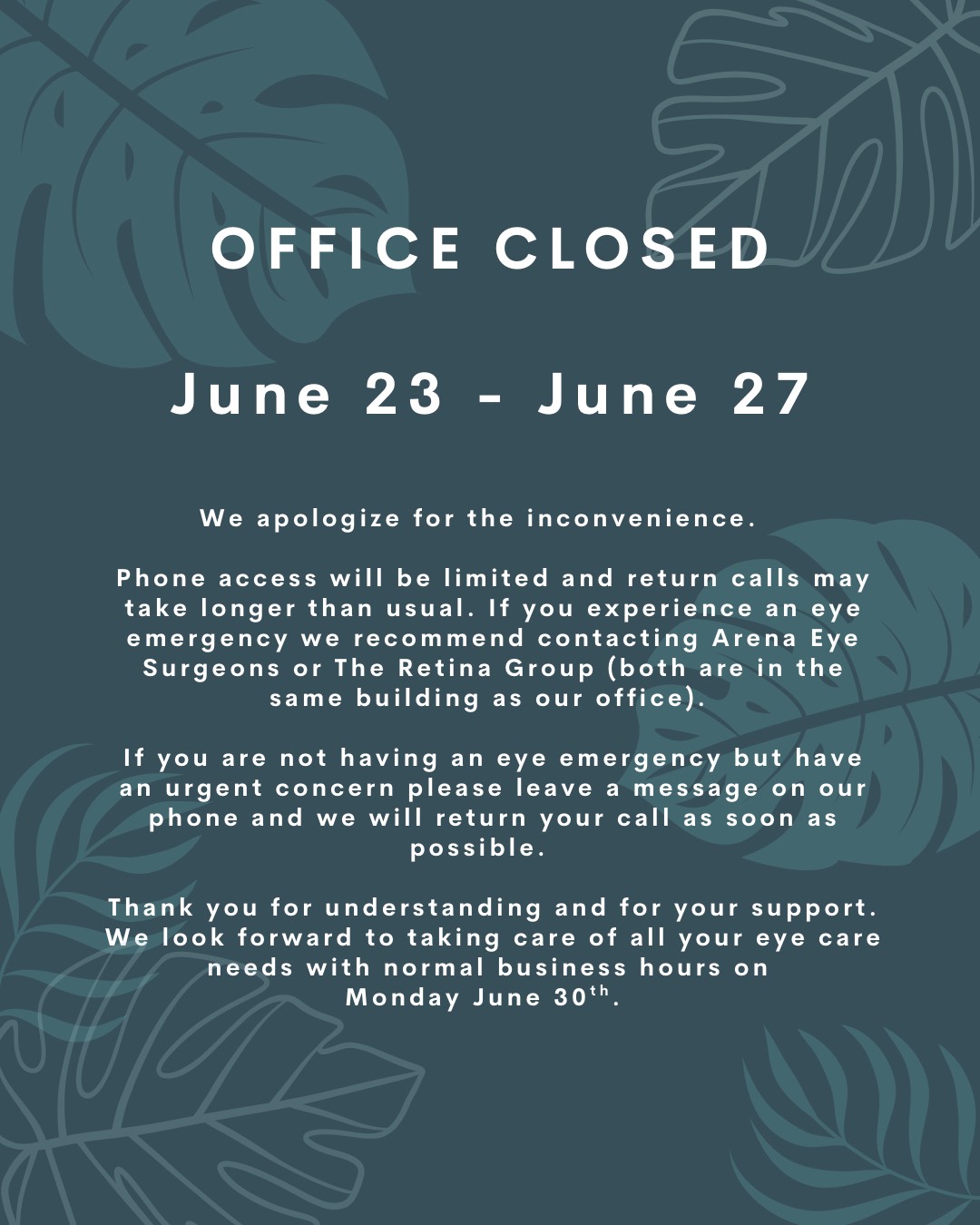
Risk Factors:
"The following factors can increase the risk of developing glaucoma:
Age. People over age 60 are at increased risk for the disease. African Americans, however, are at increased risk after age 40. The risk of developing glaucoma increases slightly with each year of age.
Race. African Americans are significantly more likely to get glaucoma than Caucasians, and they are much more likely to suffer permanent vision loss. People of Asian descent and Native Alaskans are at higher risk of angle-closure glaucoma. People of Japanese descent are more likely to develop low-tension glaucoma.
Family history of glaucoma. Having a family history of glaucoma increases the risk of developing glaucoma.
Medical conditions. Some studies indicate that diabetes, high blood pressure, and heart disease may increase the risk of developing glaucoma.
Physical injuries to the eye. Severe trauma, such as being hit in the eye, can result in immediate increased eye pressure. Internal damage from such a trauma can also cause future increases in pressure. Injury can also dislocate the lens, closing the drainage angle and increasing pressure.
Other eye-related risk factors. Certain features of eye anatomy, namely thinner corneas and optic nerve sensitivity, indicate an increased risk for developing glaucoma. Conditions such as retinal detachment, eye tumors, and eye inflammations may also trigger glaucoma. Some studies suggest that high amounts of nearsightedness may also be a risk factor for glaucoma.
Corticosteroid use. Using corticosteroids (including cortisone, hydrocortisone, and prednisone) for prolonged periods of time appears to put some people at risk of getting secondary glaucoma.

Symptoms
The signs or symptoms of glaucoma can vary depending on the type. Primary open-angle glaucoma often develops slowly and painlessly, with no early warning signs. It can gradually destroy one's vision without even knowing it. The first indication that a person has glaucoma may occur after some vision has been lost. Acute angle-closure glaucoma results from a sudden blockage of drainage channels in the eye, causing a rapid buildup of pressure. In this form of the disease, a patient would have blurred vision, the appearance of halos or colored rings around lights, and pain and redness in the eye.

Diagnosis
Glaucoma is diagnosed through a comprehensive eye exam. Because glaucoma is a progressive disease, meaning it worsens over time, a change in the appearance of the optic nerve, a loss of nerve tissue, and a corresponding loss of vision confirm the diagnosis. Some optic nerves may resemble nerves with glaucoma, but the patients may have no other risk factors or signs of glaucoma. These patients should have routine comprehensive exams to monitor any changes." (American Optometric Association)
If your doctor is concerned about glaucoma there is specialized testing that can help determine your risk as well as monitor changes in the future. Annual exams are recommended to ensure a lifetime of clear, comfortable vision!
Schedule your next exam online: www.TheEyeCareStudio.com
or call us at (740) 761-2020











